The calabash plant (Lagenaria siceraria) is a fruit-bearing bottle gourd that is common in the Americas, Asia and Africa. The plant is known for its distinctive, large, gourd-like fruits that can grow up to 3 feet long. The fruit has a hard, durable skin that can be used for a variety of purposes, making the calabash plant a versatile and valuable resource.
Uses
One of the most common uses of the calabash fruit is as a container. The husk is naturally waterproof, allowing it to hold liquids without leaking. Humans cultivated the fruit as a drinking vessel for centuries, especially in rural areas where other bottles were not readily available. The calabash can be found in kitchens as well, as a cooking pot or as a storage location for crops and herbs.
In addition to its practical advantages, some tribes use the calabash for ornamental purposes. The large, showy fruit can be used as a decorative element in homes, gardens and other public spaces. The skin of the fruit can also be carved and painted to create intricate patterns and in the manufacture of traditional musical instruments such as maracas.
The calabash plant is also known for its medicinal properties. In traditional medicine, the seeds are used to treat a number of ailments, including headaches, fever, and digestive problems. The plant is also believed to have anti-inflammatory and analgesic properties, making it a handy tool in the treatment of various ailments.
Calabashes in Maasai culture
The calabash plant holds a special place in the culture of the Maasai, an indigenous tribe from Tanzania and Kenya. For the Maasai, the calabash is more than a fruit-bearing plant – it is a symbol of tradition and cultural heritage.
One of the most important role of the calabash in Maasai culture is as a milk container. The calabash fruit is used to store excess milk from ng’ombe (cattle), which is an integral part of their diet and economy. The use of calabash containers for milk is so important that it is sometimes symbolic of Maasai wealth and prosperity. The plant is considered sacred and is said to have spiritual properties that protect the tribe and bring good luck. In traditional Maasai ceremonies, milk offered to the gods as a sign of respect and gratitude is kept in calabash vessels.
The calabash plant is also used to make traditional Maasai jewelry. The shells of the fruit are carved and decorated to create intricate patterns that are then made into bracelets, necklaces, and other jewelry. The calabash is a popular material for jewelry making because of its natural beauty and durability.
Conclusion
The calabash plant is a versatile and valuable resource with different applications ranging from containers to decorative purposes and traditional medicine. Its hardy and long-lasting fruits make it a useful and sustainable tool for many different uses to this day. If you are interested in a calabash as an unusual souvenir, it is recommended to visit a local Maasai market. Please ask your safari guide.
Karibu Tanzania
© Fotos: Tanzania Experts, Nick Hobgood (Wikimedia), Rik Schuiling (Wikimedia), 松岡明芳 (Wikimedia)


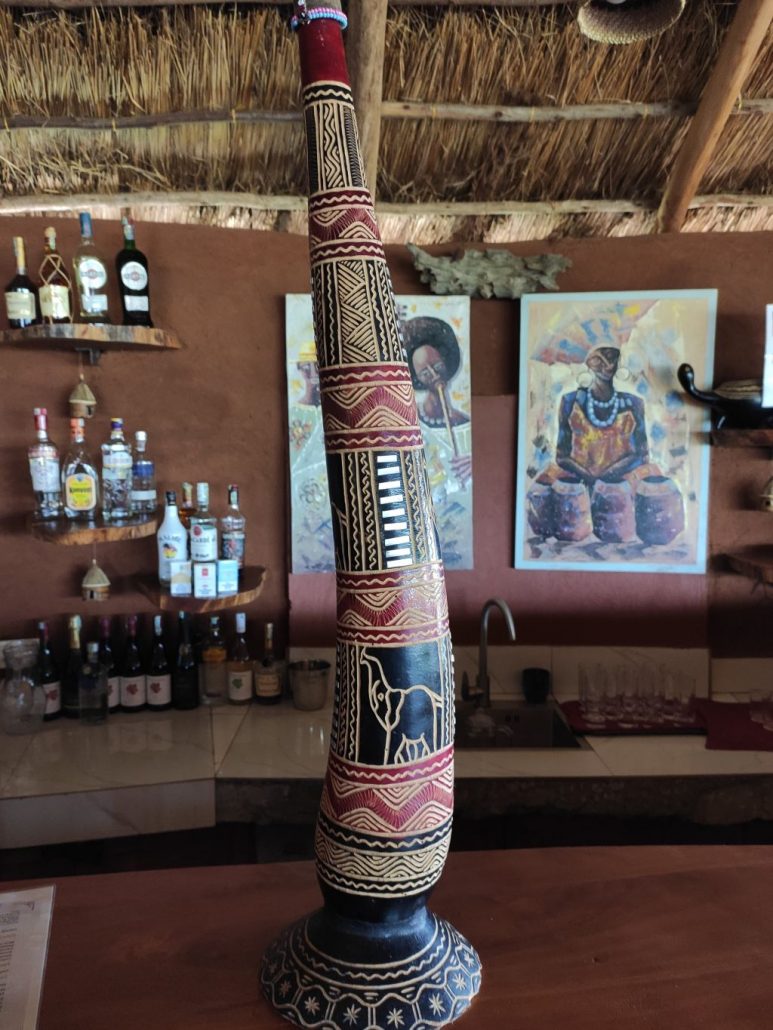
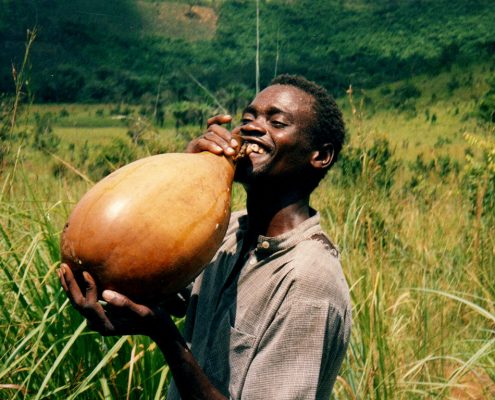
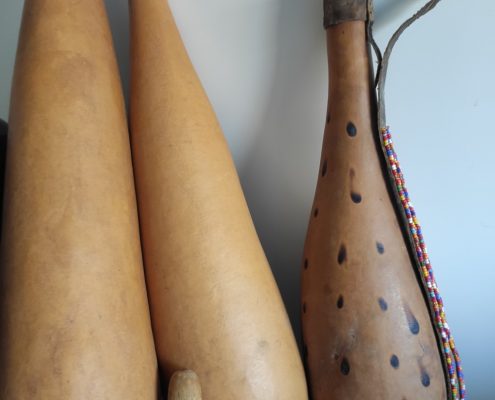
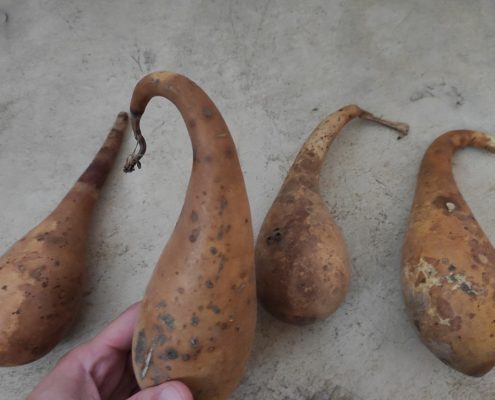
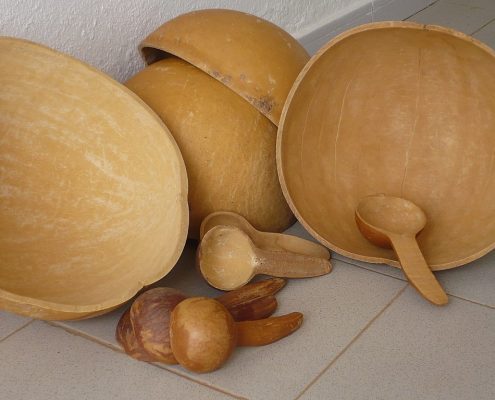
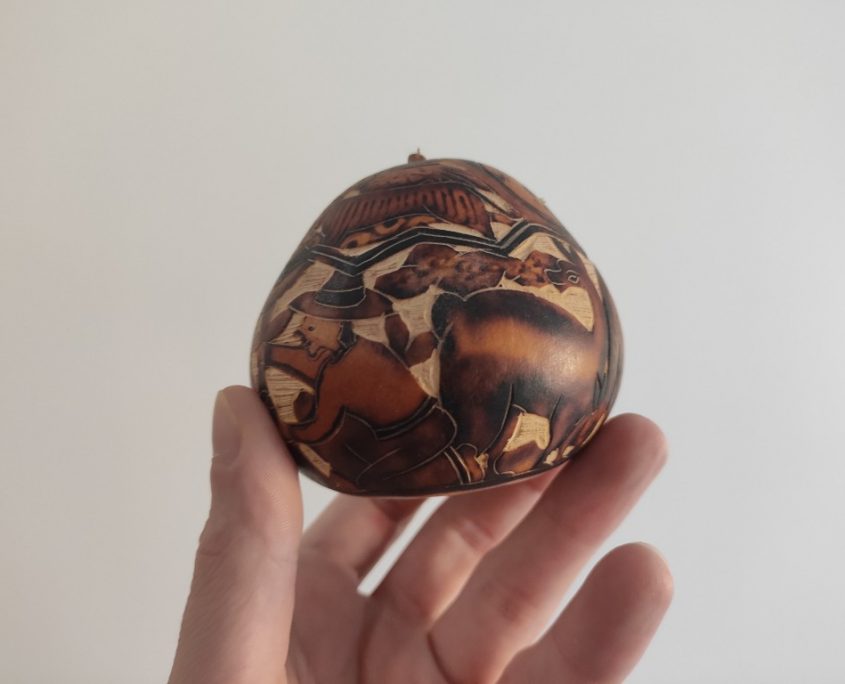
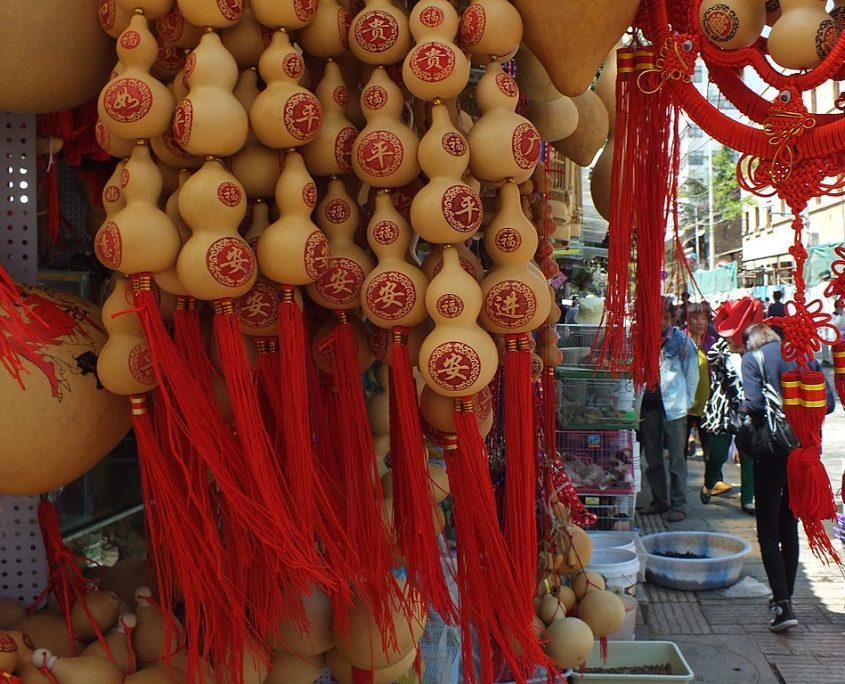
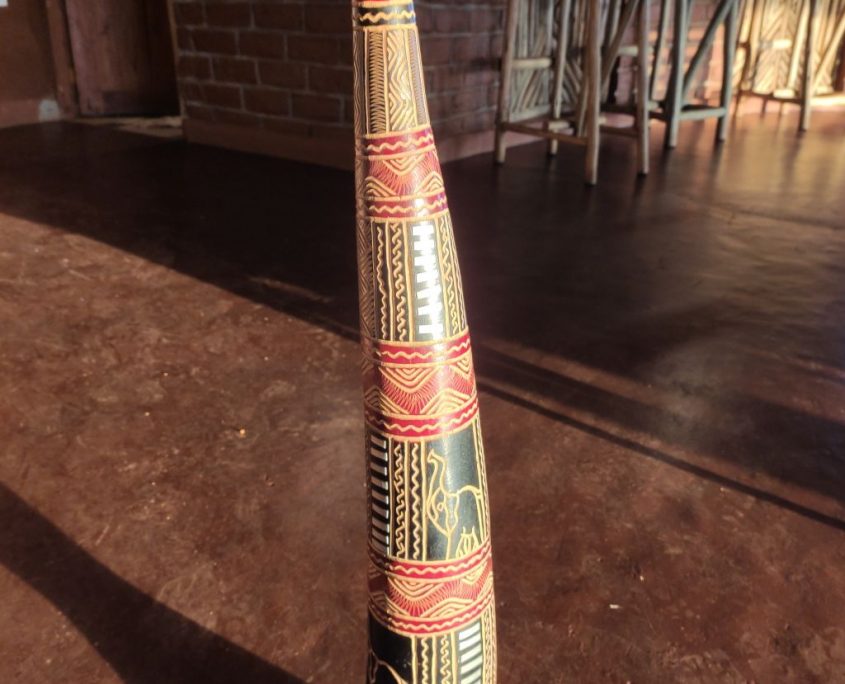
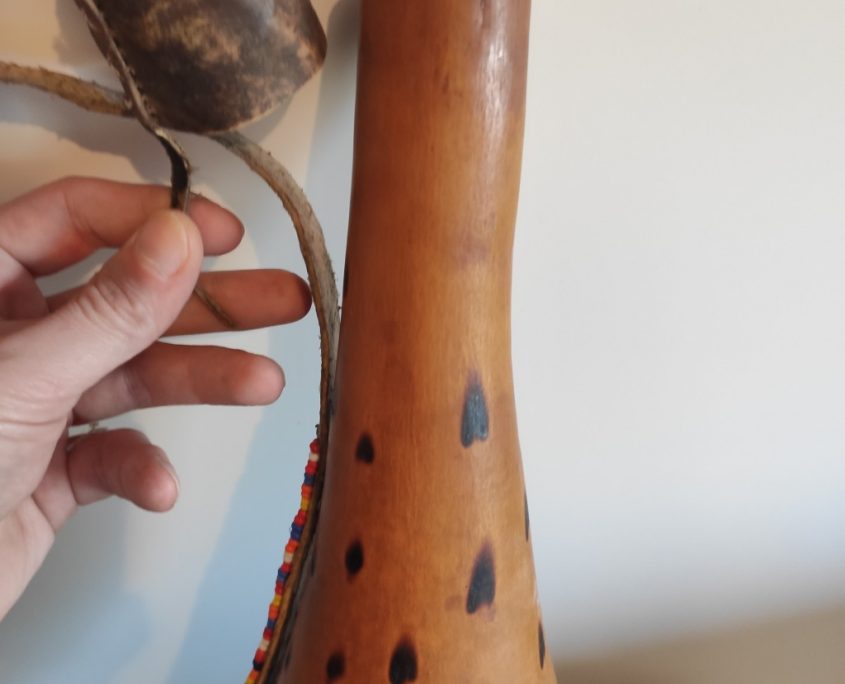

I don’t even know how I ended up here, but I
thought this post was good. I do not know who you are but definitely you are going to a famous blogger if you are not already ;) Cheers!